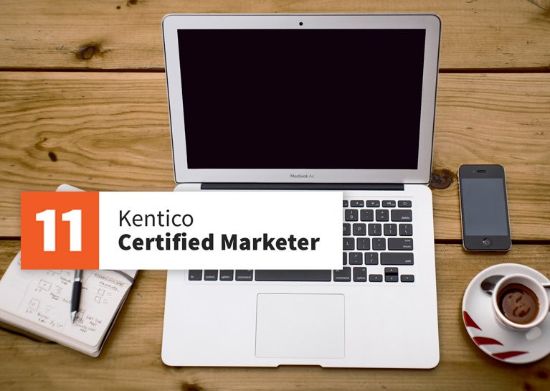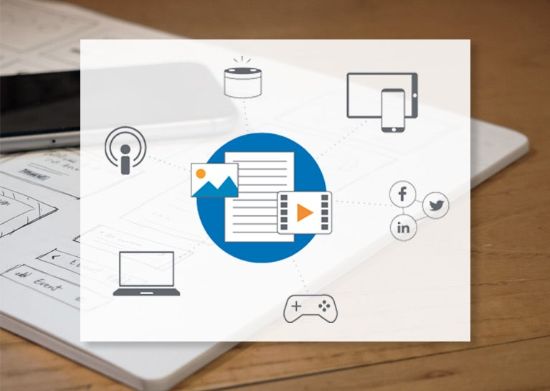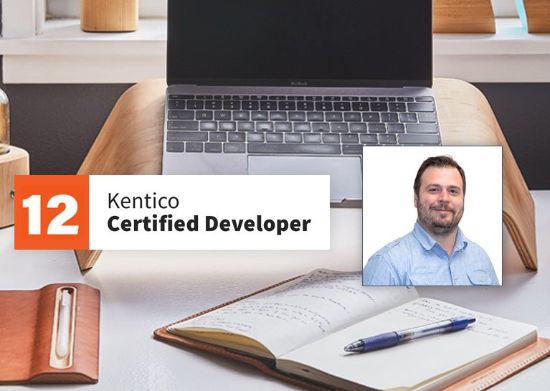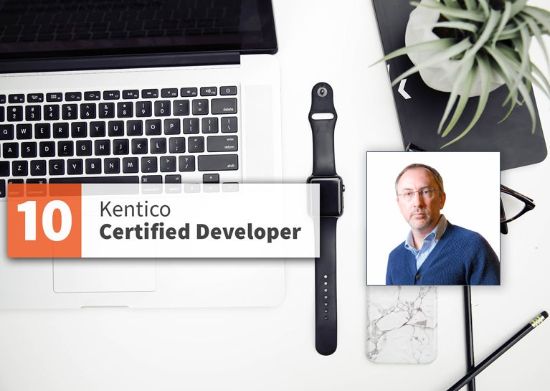
There are a lot of different approaches to revamping and modernizing your website, from giving it a new coat of paint and updating the branding, to adding some new functionality, switching technology platforms, all the way up to truly rebuilding and re-imagining your web presence. Depending on your technology platform and choices made in the past, you may have a lot of options available to you, or very few, but in all instances, a review of these five questions will point you in the right direction.
QUESTION 1: WHAT ARE YOUR BUSINESS DRIVERS?
“We need to update our brand” can be a good start, but it doesn’t focus on the actual benefits of your website. What are your expectations as to how an updated brand will benefit you? Are you opening up new channels or verticals? What are your current support costs, and do you intend for them to grow (not atypical with an expanded web presence) or are you trying to maintain or decrease them? Do you have new teammates who are more sophisticated online?
Your website is a big investment, and you need to know how that investment pays off. If you’re looking at some small incremental gains, the scope of your site refresh should reflect this. If your new site is part of a major digital transformation, you have a much broader investment profile.

QUESTION 2: DOES YOUR TECHNOLOGY STACK "HAVE LEGS"?
There are dozens of excellent web platforms available and more are created all the time. Picking the right platform is key, because you don’t want to invest in a full rebuild of your site on a new technology stack every few years. You’re best off picking a platform that has a solid future if this is going to be your flagship website.
This doesn’t mean that you’re necessarily picking a new product that uses the coolest new technologies. Often these technologies are still in flux and prone to major changes as they establish themselves. Some of the best and most powerful platforms are built on solid standard technology platforms like .NET or PHP. While these tools may seem like old news, they’re under active development and support millions of websites - you can be sure they aren’t going anywhere.
On the other hand, if your site is running on Cold Fusion, you may want to start shopping around.

QUESTION 3: HOW MUCH TECHNICAL DEBT ARE YOU CARRYING?
“Technical Debt” is a term that speaks to the collection of development or technical tasks that were done quickly, small corners that were shaved off, and all the other little decisions that have been made in the name of speed or budget that add up to additional technical overhead when you look at a site upgrade. This is a normal part of development and in no way represents any sort of failure, but it can represent a barrier to upgrade. A site with too much technical debt, with too many hacks and workarounds, can be very difficult or risky to upgrade. In more extreme cases, a full rebuild - even on the same platform - may be justified. Alternatively, a site refresh can be a great opportunity to pay off some of that debt, in order to fix a bunch of those issues that make your IT team groan every time they have to get into a certain chunk of code.

QUESTION 4: WHAT DOES YOUR MINIMUM VIABLE PRODUCT LOOK LIKE?
If you define your business drivers, you will understand how each decision you make affects the value of the website, where you should be investing, and where you might want to trim some fat from your project’s scope.
Your MVP (Minimum Viable Product) represents the very least you can do in order to meet your fundamental goals - maybe not all of your goals, but the biggest ones. This will vary depending on your company’s current situation. If your website is basically working for you, your MVP might necessarily be a more expansive undertaking. But for a company with an antiquated web presence that’s hurting its brand, just having any new branding is imperative, and speed is the highest priority.

QUESTION 5: WHAT CAN YOU AFFORD?
Time is money, either through fees paid to a partner or lost opportunity for your internal teams. You may or may not choose to scope your project to the MVP, but it’s always good to know how low the sticker price can get and build from there. If you aren't able to hit your MVP within your budget, it may prove wiser to bank some funds and then pick things up next year.

IN CONCLUSION
There are always plenty of reasons to invest more to take your site to the next level, provide some future-proofing, and reduce total cost of support and ownership in the future. However, until you can sort out what's truly necessary for your business, it's nearly impossible to make a solid informed decision as to your site approach. Once you are able to answer the five questions above, you'll know what your investment profile looks like, in order to move your business forward successfully.
Need some strategic assistance with your site? Our team can do that! Drop me a line to see how BlueModus can help you achieve the vision of your future website.










